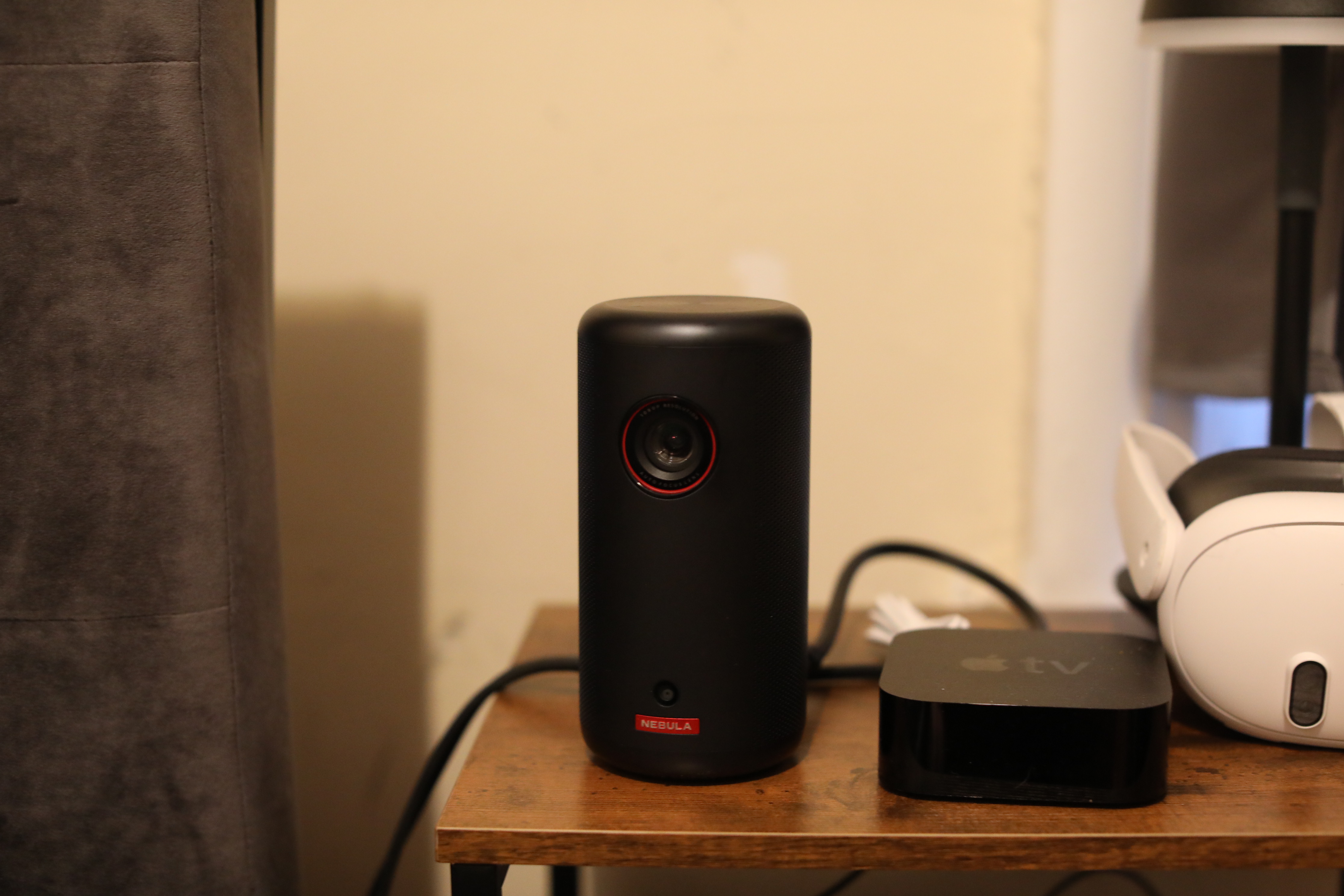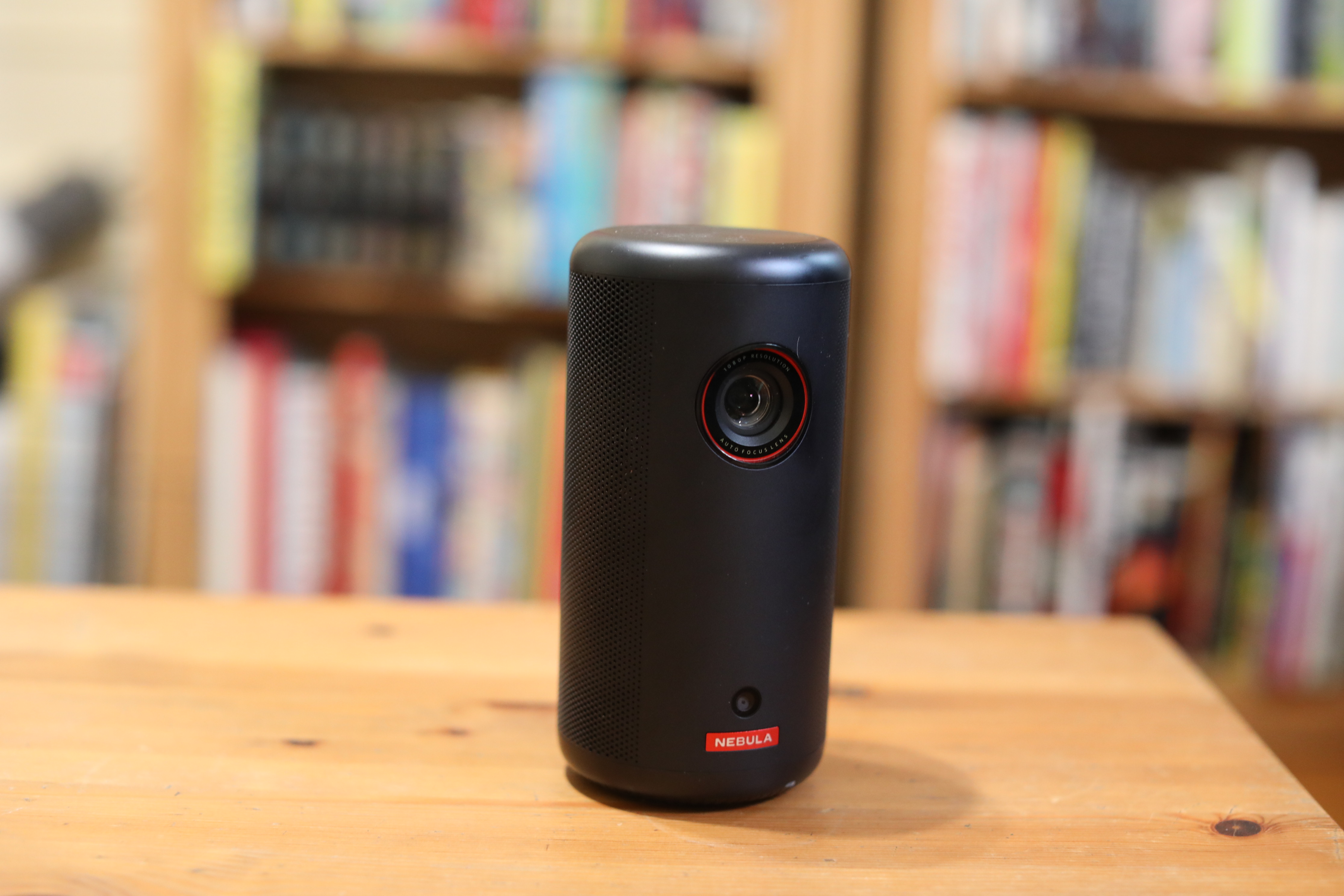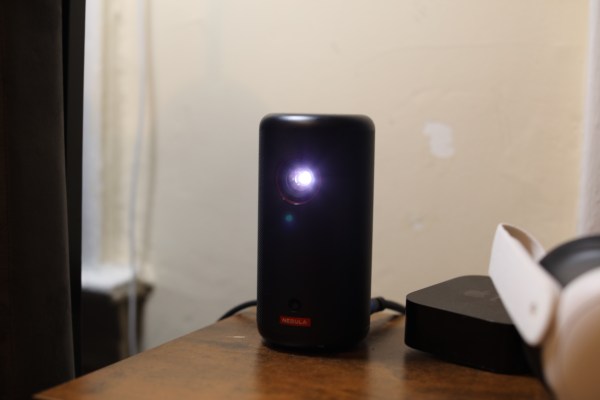I’ve been one of the those “I don’t own a TV” people for a long time. Really my entire adult life, excepting those times when I shared my living space with someone who brought their own to the party.
My exact motivation is a bit hazy all these years later, but at a certain point, it’s a lifestyle you kind of settle into — one that can occasionally make your job as a hardware reviewer a bit of a hassle.
The truth is, however, that the distinction between owning and not owning a television has grown increasingly blurry over the past decade. Perhaps as blurry as the definition of television itself. Think of this cord cutter’s journey as a sort of set top Ship of Theseus. At some point along the way, we’ve severed our final ties first to terrestrial television and then to the cable companies.
Movies, live television, sports — all of these familiar paradigms have adapted to the digital age. Ultimately how much you want your own home setup to resemble previous models is entirely up to you. Personally speaking, I have no allegiance to live television, and Oakland Athletics owner John Fisher has personally seen to the severing of my main connection to professional sports.
All of my home movie/television viewing first occurred on a laptop, followed by a tablet. In the intervening years, any stance I might have initially taken against owning a television was effectively rendered arbitrary, save for two: space and money. Of course, the price of televisions has continued dropping over time — though that doesn’t factor in things like sound systems and all the other ephemera. Space, on the other hand, will be a concern for as long as I live in a city like New York on a journalist’s salary.
I’ve contemplated projector life over the years — I’ve also tested some here and there. There’s something very appealing about a big screen you can stash away when not in use. Until fairly recently, however, it seemed that price and ease of use lagged greatly when compared to the far more popular television option.
In the dozen years since it was founded in Shenzhen, Anker has grown into an accessory powerhouse. By and large, the company has done a good job balancing price, quality and creative design. I’ve recommended plenty of their products over the years and have been tempted to check out an Anker Nebula projector for some time.
Just ahead of the holidays, I contacted the company to check out a review unit, and shopped around for a decently priced projector screen. My initial goal was picking up something in the 70- to 80-inch range, entirely unsure whether anything larger would fit in my living room and/or bedroom. Even the low end is significantly larger than the average TV set, which sits somewhere between 30 and 65 inches.
The story of how I ended up with a 100-inch projector screen in my bedroom is an entirely unexciting combination of pricing, comparison shopping and reading reviews. But here we are, from watching all of my TV shows and movies on an iPad to have to step around a movie screen every time I wake up in the middle of the night to use the restroom.

Image Credits: Brian Heater
Screens are like so many other things in tech, however: Once you get used to it, you suddenly wonder how you managed to survive so many years without it.
Released earlier this year, the Anker Nebula Capsule 3 is more or less exactly what I’ve been looking for in a projector. It’s extremely compact (the company compares it to the size and shape of a soda can), simple to use and extremely self-contained. The question of price is an interesting one here. The device retails for $800 (though you can routinely find it for $50 less on places like Amazon).
You can find a 60-inch 1080p smart TV for a couple hundred. As with any big ticket purchase, one must do a cost-benefit analysis here. A 100-inch TV will likely cost you more than a grand, while the Capsule 3 outputs up to a 120-inch image. Factor in the projector screen and that’s another $70 in my case. Like many screens, mine is effectively a PVC pipe frame holding up a taut, silky white sheet.
The Capsule has a decent Bluetooth speaker and Chromecast built in, which are points in its favor. Actively working against it, though, is the fact that even with a laser projection system, the image only gives you the desired effect in an entirely dark room. You also need to find the right spot to place the projector that avoids potential obstacles. There’s also a calibration process you’ll have to deal with every time you move the projector or the screen.
That last bit is less daunting than it sounds. The system does a decent job auto-calibrating and shrinking the screen size to avoid obstacles. Oftentimes, however, I’ve found myself using either the included remote or the Nebula app to better fit it to my screen’s dimensions.

Image Credits: Brian Heater
As far as compact design and portability go, you can’t beat the Nebula right now. I’ve exclusively used it at home, so it’s largely plugged in. But it can get around 2.5 hours of playback on a charge, so that will get you through plenty of movies not directed by Martin Scorsese. When the weather warms up, the idea of rolling up the screen and taking the projector outside is certainly appealing.
At $800, it should probably be regarded as more of a television replacement, rather than a secondary screen. For many, the need for complete darkness and issues around the calibration process are enough reason to recommend against it. If you’ve been seriously considering a home projector and want something portable and easy to use without spending a fortune, the Capsule 3 is easily your best bet.
